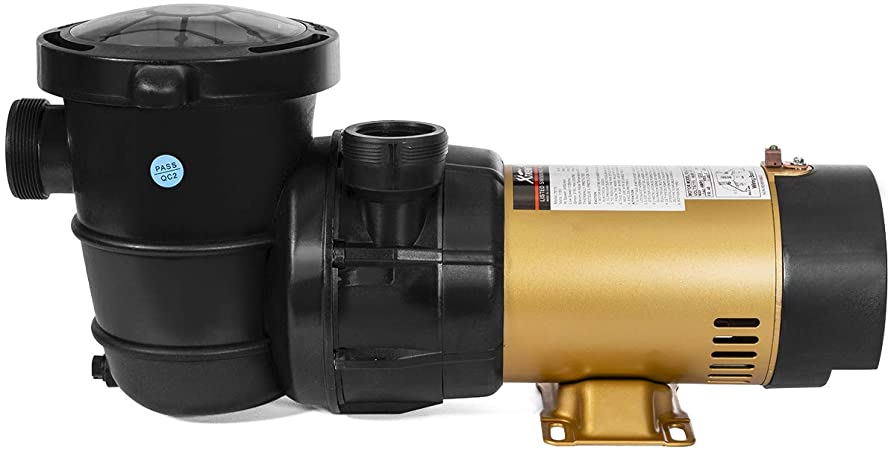Learn the Steps to Properly Prime Your Pool Pump for Maximum Efficiency and Trouble-Free Operation
A pool pump is an essential component of any swimming pool, responsible for circulating water through the filtration system to keep the pool clean and safe. Priming the pump is a crucial step in ensuring its optimal performance and preventing potential issues. In this article, we will discuss the process of priming a pool pump, why it’s essential, and the steps you need to take to do it properly.
Why is Priming a Pool Pump Important?
Priming a pool pump removes air from the pump and the plumbing system, ensuring that water flows smoothly and efficiently through the system. A pump that isn’t properly primed can experience a loss of suction, reduced water flow, and increased strain on the motor, leading to potential damage and reduced longevity.
Steps to Properly Prime a Pool Pump
Follow these steps to correctly prime your pool pump and ensure its optimal performance:
- Turn off the pump: Before you begin the priming process, make sure to switch off the pool pump to prevent any accidents or damage to the pump.
- Clean the pump strainer basket: Remove the pump strainer lid and clean the basket to ensure there are no obstructions or debris that could hinder water flow. Replace the basket and securely fasten the lid back in place.
- Open the air relief valve (if applicable): If your pool pump or filter system has an air relief valve, open it to allow any trapped air to escape during the priming process.
- Fill the pump with water: Use a garden hose or a bucket of water to fill the pump housing with water. This helps to create a water seal, allowing the pump to generate suction more efficiently when it’s turned back on.
- Check the pool water level: Ensure that the pool water level is high enough to cover the skimmer opening. A low water level can lead to air being drawn into the system, making it difficult for the pump to prime.
- Open the skimmer and return valves: Make sure all skimmer and return line valves are open, allowing water to flow freely through the system.
- Turn on the pump: Switch the pool pump back on and observe the water flow through the pump strainer basket. You should see water filling the pump housing and any air bubbles being forced out through the air relief valve (if applicable).
- Monitor the pressure gauge: Keep an eye on the pressure gauge on the filter as the pump primes. The pressure should gradually rise as air is expelled from the system and water begins to circulate.
- Close the air relief valve (if applicable): Once the pump is fully primed and there are no visible air bubbles, close the air relief valve.
- Check for leaks and proper water flow: Inspect the pump and surrounding plumbing for any leaks or signs of improper water flow. If any issues are detected, address them promptly to avoid damage to the pump or the pool system.
Conclusion
Priming a pool pump is a crucial step in maintaining the efficiency and longevity of your pool’s circulation system. By following the steps outlined in this guide, you can ensure that your pool pump is primed correctly, leading to a cleaner, safer, and more enjoyable swimming experience. Regularly inspect and maintain your pool pump to prevent potential issues and enjoy trouble-free operation for years to come.
